All products featured are independently chosen by us. However, SoundGuys may receive a commission on orders placed through its retail links. See our ethics statement.
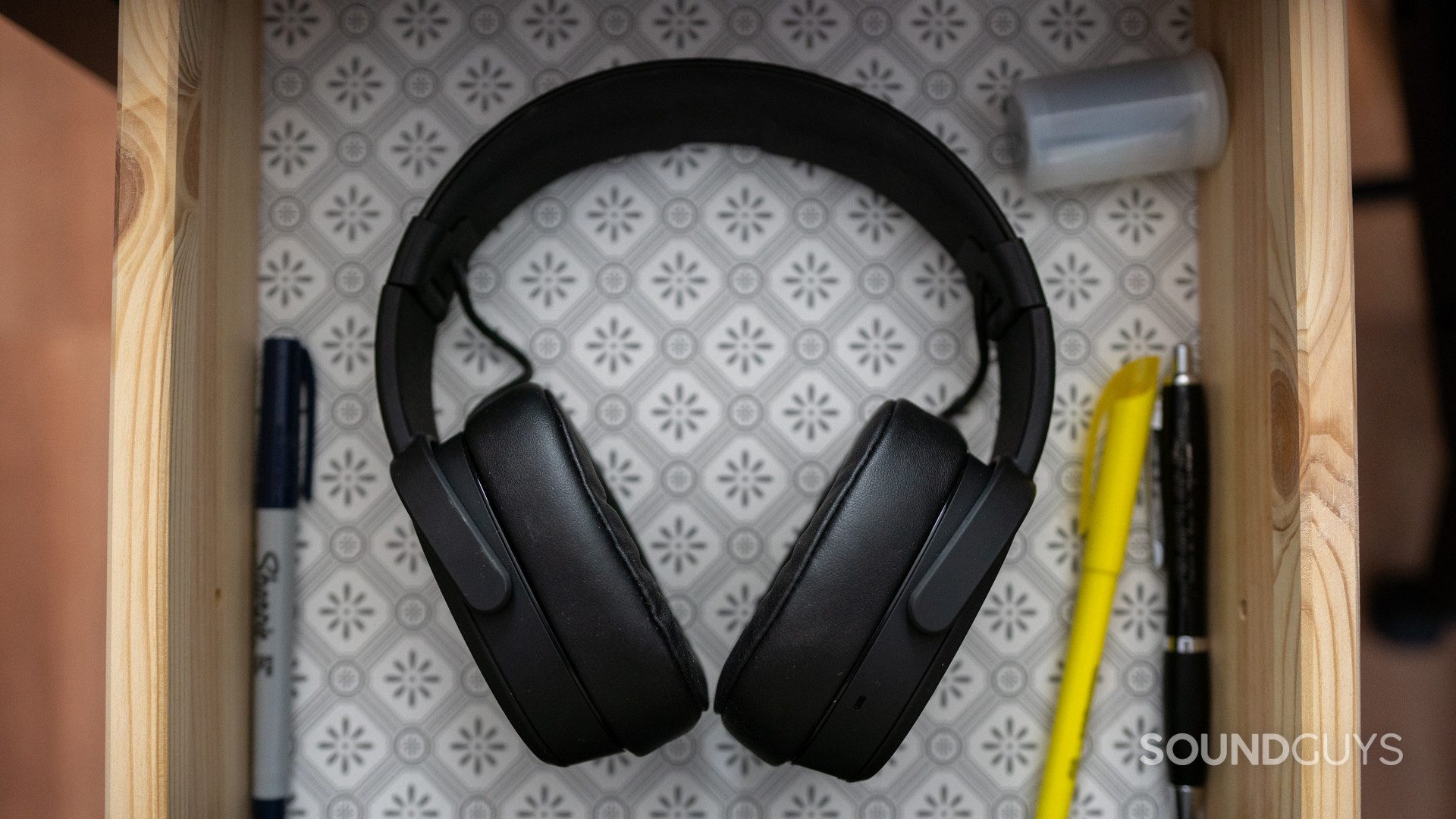
Skullcandy Crusher Wireless review
Published onAugust 4, 2022
Skullcandy Crusher Wireless
Some people want the very best sounding pair of headphones, full stop. While everyone perceives sound differently, trained ears definitely have a few favorite go-to brands and pairs of cans they’d recommend. For everyone else, there’s Skullcandy—and that’s not necessarily a bad thing. The company is probably one of the most well-known audio companies due in no small part to them being available in everything from electronics stores to the local drugstore. Today, we’re looking at the Skullcandy Crusher Wireless one of its more interesting headsets.
Is it good or just good for “most people”? We spent two weeks with the Crusher Wireless to find out.
Editor’s note: this Skullcandy Crusher Wireless review was updated on August 4, 2022, to address the product’s discontinuation and what alternatives are worth considering instead.
- Commuters will appreciate this set of non-noise canceling headphones as it has plush earpads that do a fine job of blocking outside noise.
- Anyone on a budget with a little patience should watch the price of these headphones. You can get the Crusher Wireless for $99 or less, if you wait long enough.
What’s it like to use the Skullcandy Crusher Wireless?
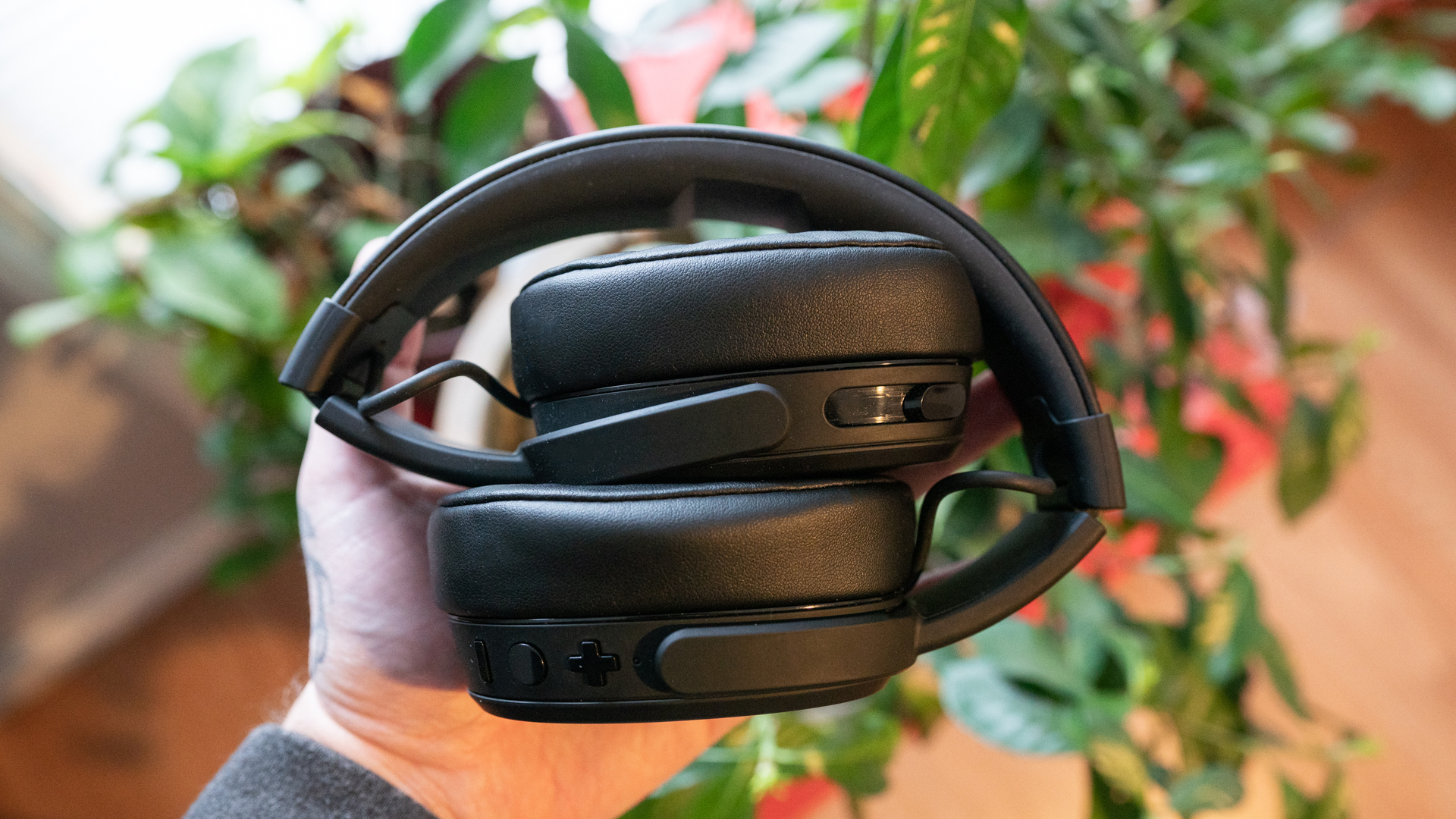
Skullcandy isn’t exactly known for its—ahem—luxury build. While the Skullcandy Crusher Wireless is made of cheaper plastic, it’s still sturdy. The matte black coating resists fingerprints, and the headphone and headband faux leather padding is pretty substantial. The combination makes for a fairly comfortable pair of headphones. People with glasses might find the clamping force is a touch too strong.
The buttons along the bottom of the headphones feel cheap, but the tactile response is almost perfect. There’s also the bass slider on the left ear cup, which is a bit stiff, and inside each ear cup is a low-end driver setup that only provides haptic feedback. This slider lets you control how much (if any) extra bass you want.
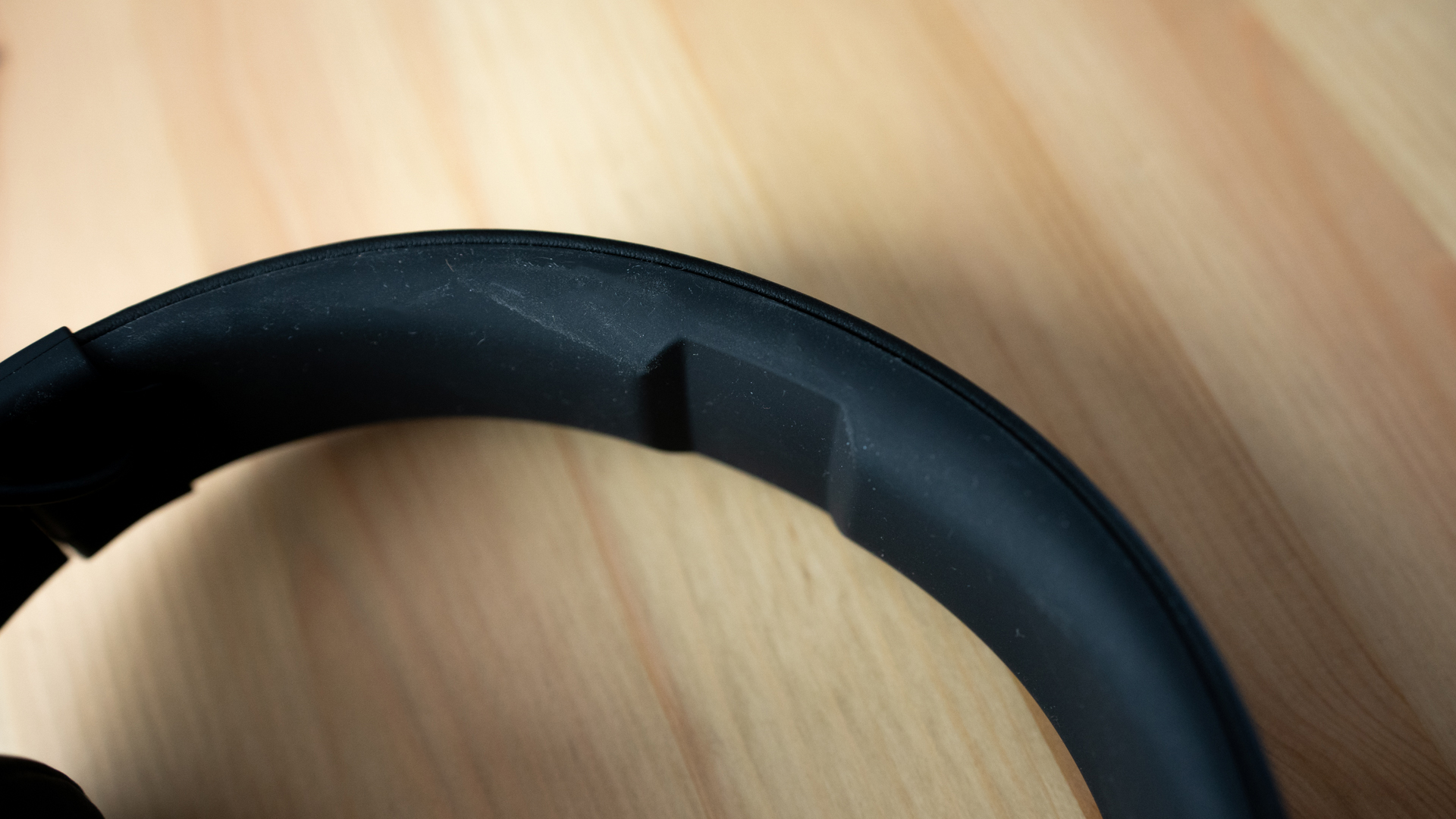
The padding on the bottom of the headband is made of a similar cheap rubber that you’d find on something like the Beats EP. This kind of rubber pulls at hair constantly and can be a literal pain. Skullcandy minimizes this problem with a small cutout.
The only branding you’ll find is a discreet logo just above either ear cup. The all-black option we’re looking at here is also understated enough to wear on a commute or around the office without a problem. I can see just about anyone rocking these, which is something that can’t be said for many headphones in this price range.
How do you control the Crusher Wireless?
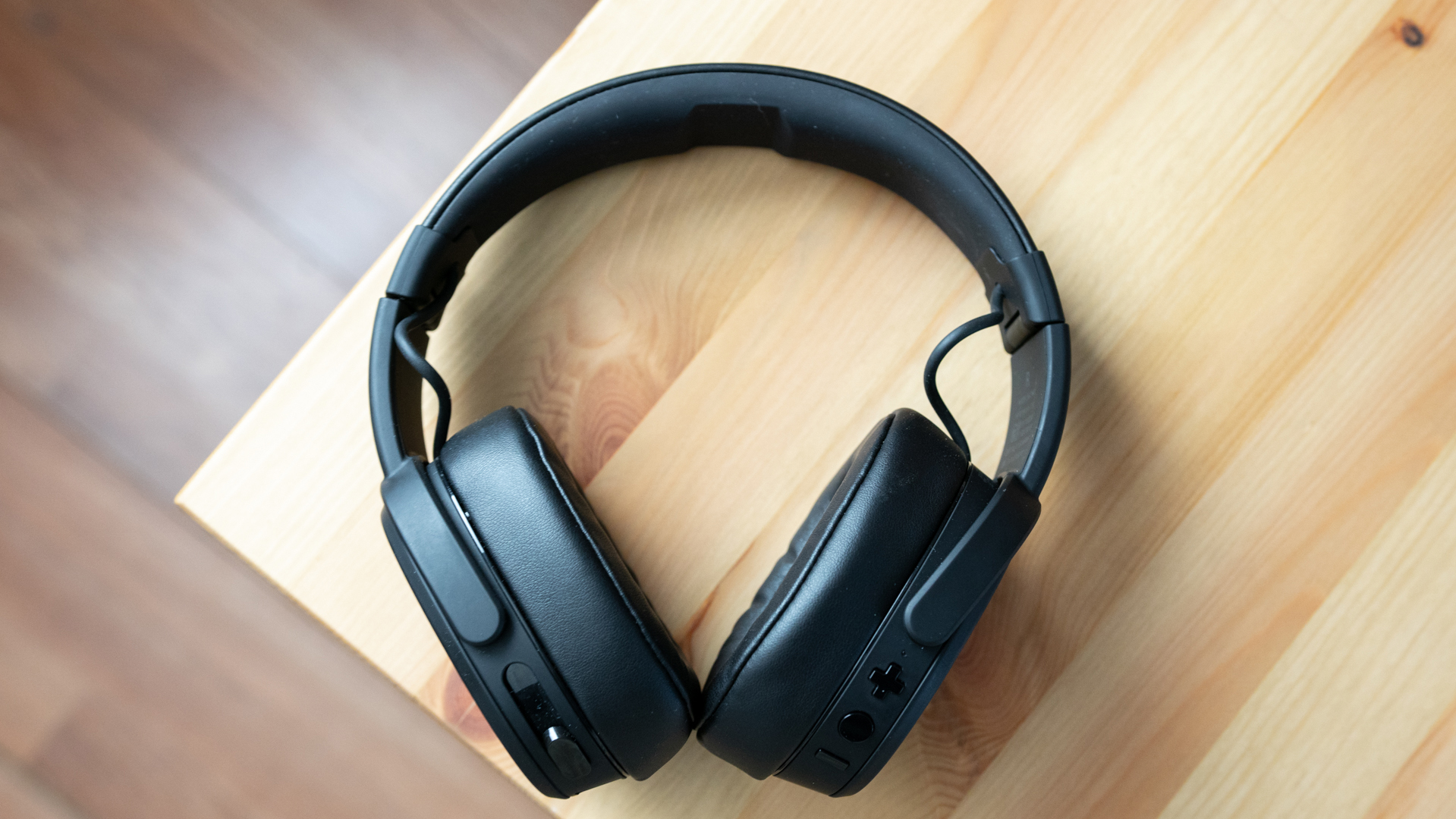
Playback controls are all fairly simple as well, with three buttons on the right ear cup letting you pause/play music, adjust volume, skip between tracks, and access your phones personal assistant. My only problem with them is that they’re a little too loud when you click them and you can even hear them over the music in some cases. On the bright side, there’s no noticeable audio lag when watching videos so if you tend to watch a lot of videos you don’t have anything to worry about here.
How do you connect to the Skullcandy Crusher Wireless?
Pairing to the Skullcandy Crusher Wireless may not be as seamless as some Beats headphones with the fancy H1 chip, but it still isn’t hard at all. If you’re pairing to a device for the first time simply turning the headphones on by pressing the circular multifunction button will enter pairing mode. You’ll know you’re in pairing mode when the tiny LED begins flashing between blue and red. From there just go to the Bluetooth settings on your source device and select the headphones. If this doesn’t work for you then it might be a better idea just to reset the headphones completely.
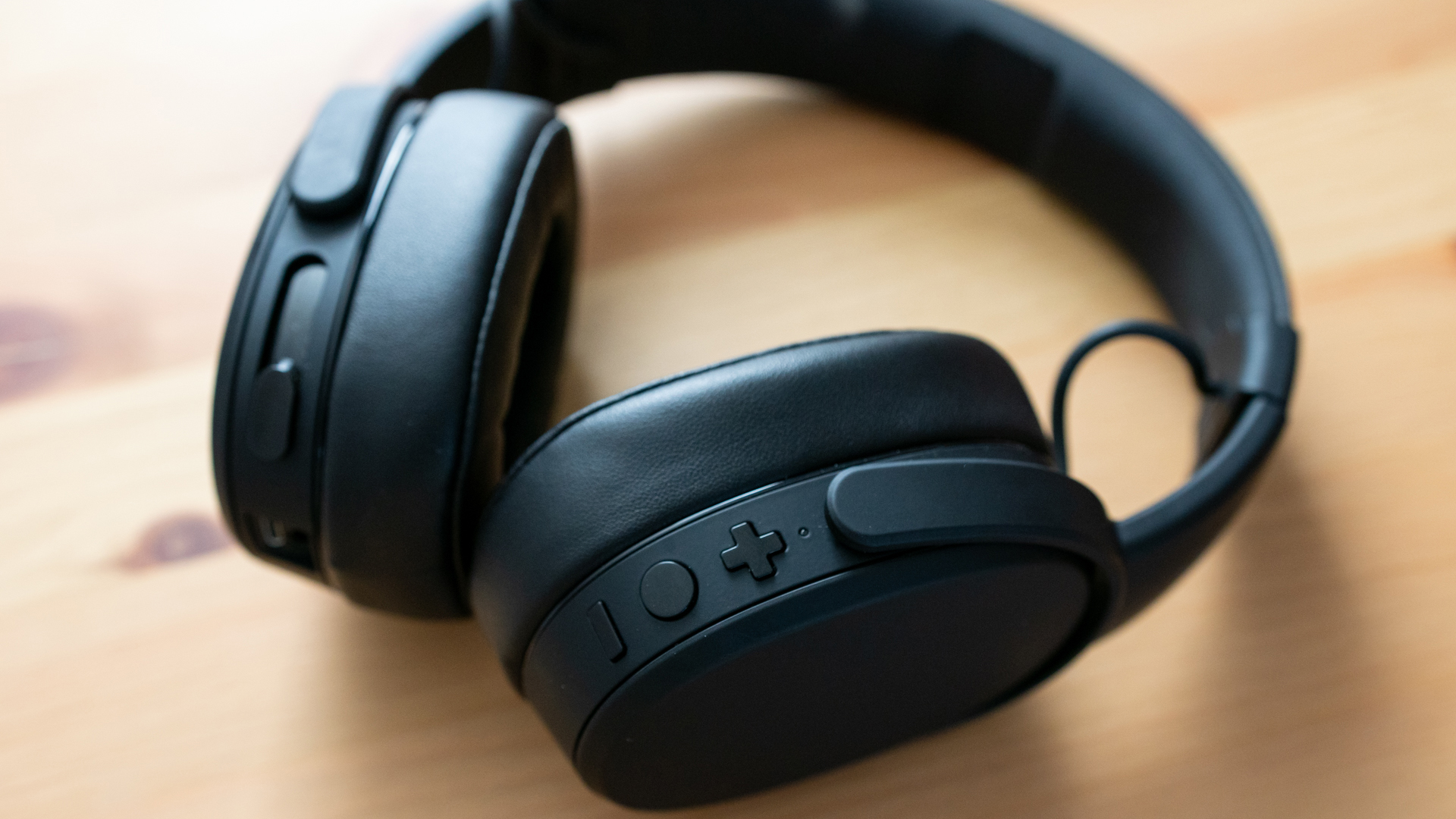
The Skullcandy Crusher Wireless runs Bluetooth 4.1 (so, no multipoint here) with a solid connection in everyday use. There is some notable skipping once you’re teetering around the 10-meter limit of the Bluetooth range which is to be expected. If you prefer a wired connection there’s also a 3.5mm input on the bottom of the left ear cup.
Keep in mind that the Crusher Wireless only uses the SBC codec, which given the choice between the usual AAC and SBC found on many headsets, we’d say pick SBC if you’re using Android. For iOS users, it’s a bit of a downer, as AAC tends to perform better than SBC when paired with an Apple iPhone.
Follow these directions to reset your Crusher Wireless if you’re having issues.
- Go into the Bluetooth settings of any devices that are paired with the headphones and click to forget the Crusher Wireless.
- Power off the headphones by holding down the middle button.
- Power them back on by holding down the same middle button and continue holding the button for a few more seconds until the headphones enter pairing mode.
- Then hold down the + and – sign buttons simultaneously until you hear two beeps.
- Now you should be able to find the headphones in the Bluetooth settings of your device.
How’s the battery life of the Skullcandy Crusher Wireless?
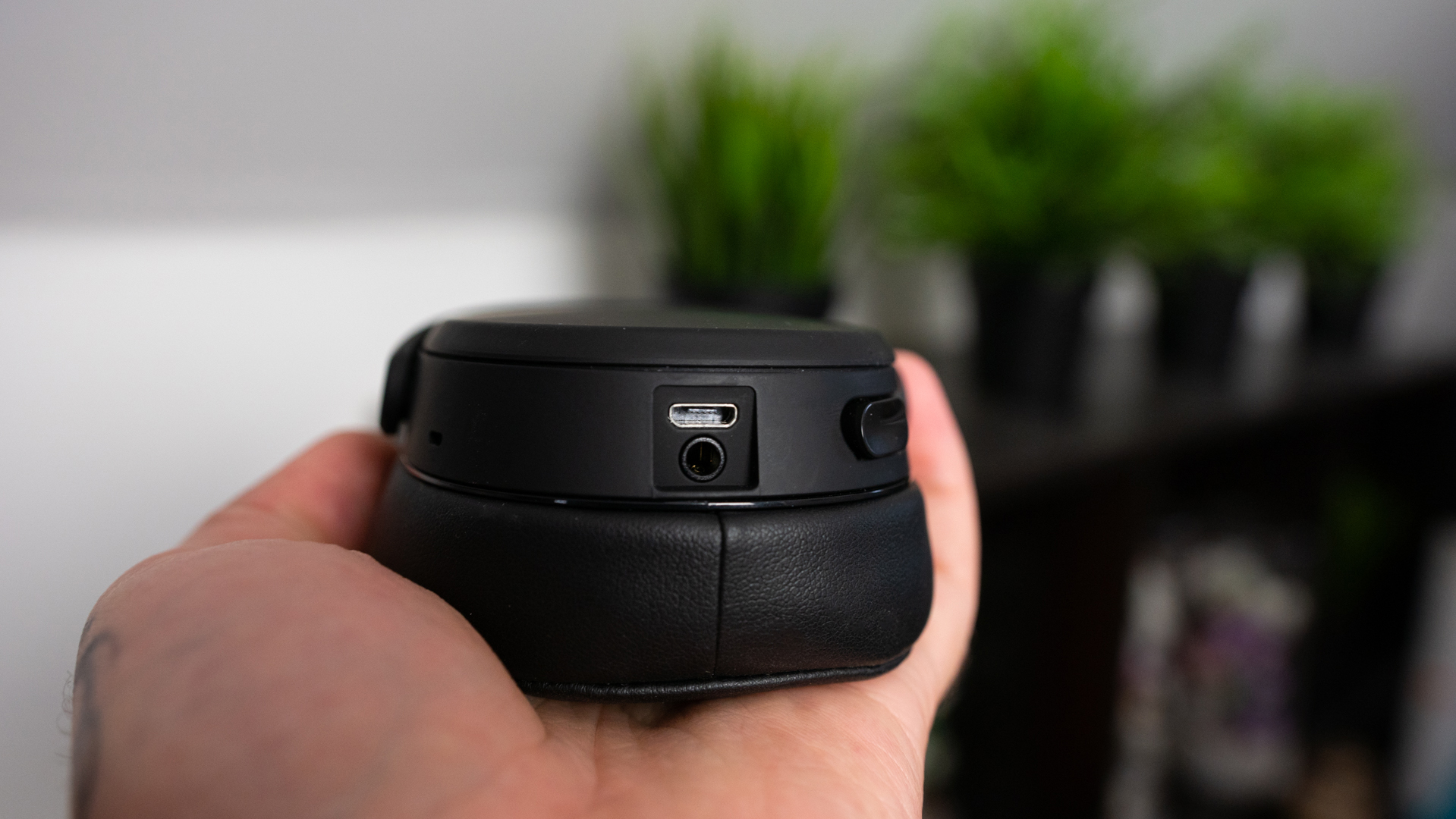
Skullcandy claims a battery life of roughly 40 hours of constant playback, which would be fairly impressive all on its own. However, in our objective testing, it surpassed even that clocking in at 57 hours, 28 minutes. To be fair though, this was with the bass slider turned all the way down, so if you think you’re going to be using pumping bass often you should expect a little less.
The biggest downside here is that in order to charge them you’re going to have to use an older microUSB cable instead of the newer USB-C. While that may not be a problem for most people now, it will get a little more annoying in a few years when everything is USB-C. On the bright side, 10 minutes on the charger will give you roughly 180 minutes of constant playback.
How’s the isolation of the Skullcandy Crusher Wireless?
![Skullcandy Crusher Wireless Isolation[1]](https://www.soundguys.com/wp-content/uploads/2019/03/Skullcandy-Crusher-Wireless-Isolation1.jpg)
Passive isolation is the name of the game with the Crusher Wireless. Over-ear closed-back headphones typically do a pretty good job of this, through sealing off your entire ear from the environment. As demonstrated in the graph, high-pitched noise will get blocked, while low sounds will still reach your ears. You’ll still hear airplane din and air conditioners, but at least babies crying on the bus will be quieter.
How does the Skullcandy Crusher Wireless sound?
![Skullcandy Crusher Wireless Frequency Response[2] Frequency response of the Skullcandy Crusher Wireless](https://www.soundguys.com/wp-content/uploads/2019/03/Skullcandy-Crusher-Wireless-Frequency-Response2.jpg)
For the sake of testing, we kept the bass slider turned off. That said, they still have plenty of low-end emphasis which makes these great for bass-heads, especially considering that you can adjust the bass even more with the slider. If you’re looking for Beats-level bass and then some, crank that slider all the way up. Be aware: doing so causes severe auditory masking, and makes it hard to hear mids and treble notes.
Lows, mids, and highs
This can be heard throughout the song Patient is the Night by The Blasting Company where the bassline masks the soft strumming of the guitar in the background. You can barely hear the chords as the lacking clarity because of the loud bass notes.
Treble notes never sound too loud, but the soft hi-hats through the chorus of You’ve Got Me Running in Circles by Sonny Cleveland don’t really sound the way they should compare to everything else going on. This is likely due to the fact that most headphones with a consumer-friendly sound tend to boost frequencies in the highs to compete with the ranges of emphasis elsewhere, but the Skullcandy Crusher Wireless doesn’t quite do that here.
Should you buy the Skullcandy Crusher Wireless?
Well, the Skullcandy Crusher Wireless is discontinued, but you can still find it from certain vendors like Amazon. Unfortunately, it’s no longer on Skullcandy’s website. The company has so many headsets the choices are dizzying, but if you want something similar to the Crusher Wireless, we recommend the Skullcandy Hesh ANC. The Hesh ANC features very good noise canceling that makes low frequencies sound one-half to one-quartier their perceived loudness, making it a great ANC headset that costs just $99 USD. You don’t get any water resistance here, but few headphones carry that kind of durability anyway. Bass heads who want good noise canceling, go ahead and read our full Skullcandy Hesh ANC review.

What are some other options to consider?
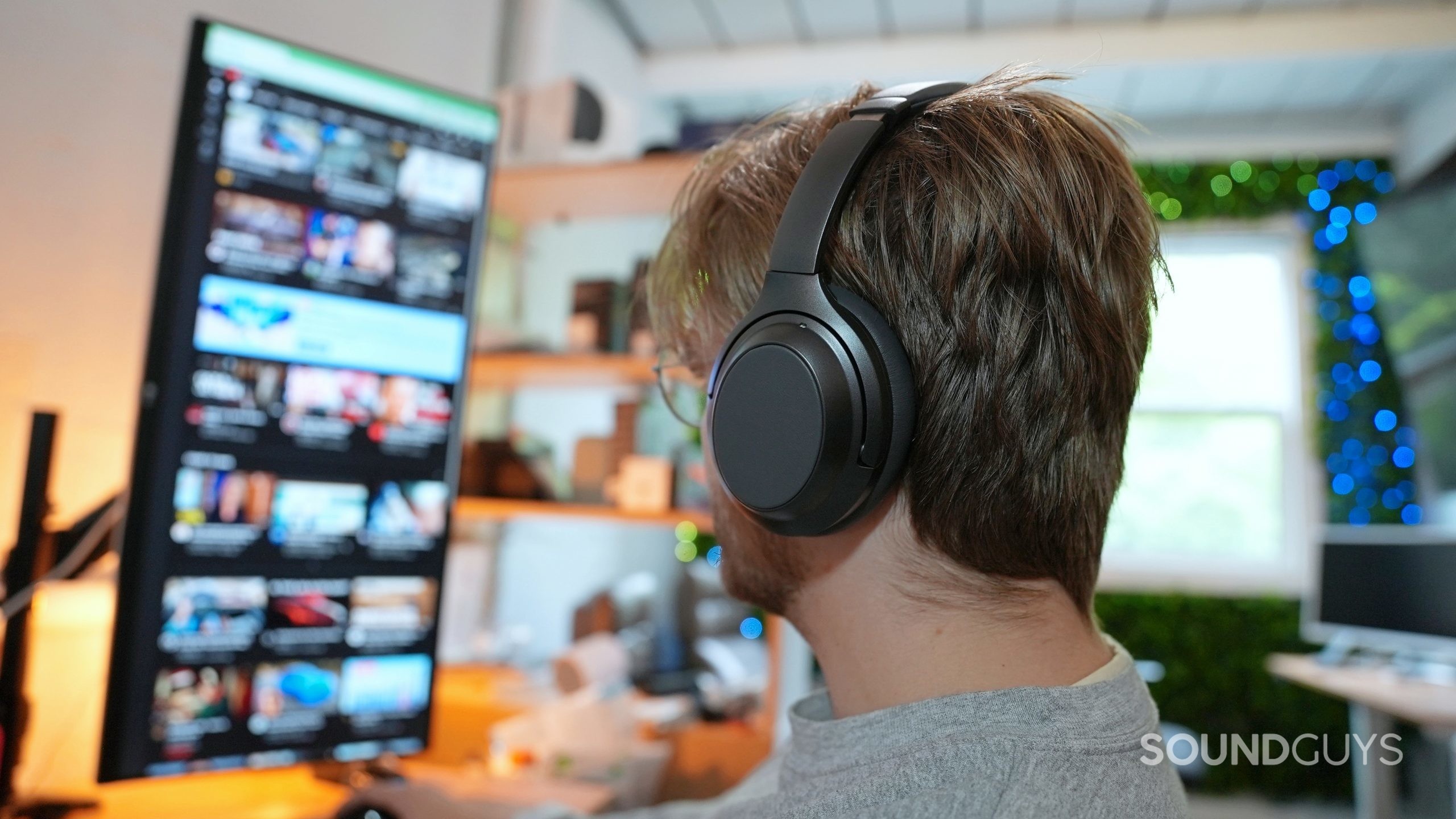
If you want to stick with Bluetooth options, then you should check out the Anker Soundcore Life Q35. It also emphasizes bass notes, perhaps a bit too much, but you can equalize the sound in the Soundcore app. It supports SBC, AAC, and LDAC streaming, which is unique for headphones that cost $129 USD.
Another great option is the Monoprice BT-600ANC. Like the Skullcandy Crusher Wireless, this also costs $99 USD. With Monorpice’s headset, you get very good active noise canceling and aptX HD support, along with Bluetooth multipoint. Sure, it isn’t the flashiest headset but it works very well. If you want to see some other headphones that are sub-$100 and have made it through our review process with flying colors, check out our complete list.
Frequently asked questions about Skullcandy Crusher Wireless
Yes! Connect like you would any other Bluetooth device.
Yes, like most Bluetooth headphones the Crusher Wireless uses the A2DP profile.
We haven’t tested the Skullcandy Crusher ANC, so we don’t have measurements for its frequency response. Unlike the Crusher Wireless, the Crusher ANC has a companion app with custom user EQ, which means you can adjust bass. The Crusher ANC also uses aptX HD codec which provides higher resolution audio, so it wins in that department.